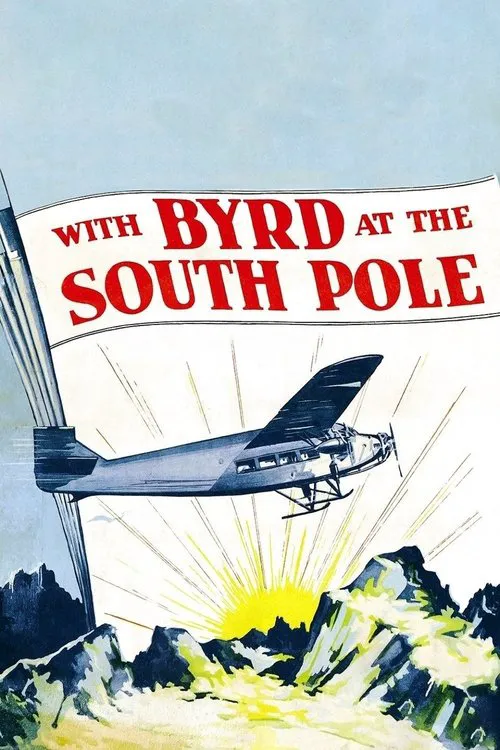With Byrd at the South Pole

Plot
With Byrd at the South Pole, a 1930 documentary film directed by Irvin Willat, takes the viewer on a thrilling expedition to the South Pole, showcasing Rear Admiral Richard E. Byrd's groundbreaking journey. The film serves as a comprehensive chronicle of Byrd's initial expedition, providing an intimate look at the challenges he and his crew faced during this historic endeavor. Released in 1930, With Byrd at the South Pole was filmed over a six-month period from 1926 to 1929, during Byrd's inaugural quest to the South Pole from the Little America-Exploration Base in Antarctica. This remarkable expedition marked a significant milestone in polar exploration, solidifying Byrd's reputation as a pioneering explorer and naval officer. The documentary's narrative is skillfully woven by the distinctive voice of Floyd Gibbons, who masterfully reads the commentary throughout the film. Gibbons, an American journalist and war correspondent, brings a sense of drama and intrigue to the story, engaging the audience with an immersive account of Byrd's perilous journey. His narration effectively highlights the crew's determination, resilience, and scientific curiosity as they tackled the unforgiving Antarctic landscape. The cinematic value of With Byrd at the South Pole lies in its captivating imagery and cinematography, which earned the film the prestigious Academy Award for Best Cinematography at the 3rd Academy Awards in 1931. Irwin Willat's direction and the cinematographic efforts of his crew showcase the breathtaking beauty of Antarctica, revealing the harsh yet majestic environment that Byrd and his crew encountered. Throughout the film, the viewer is transported to the frozen tundra, witnessing firsthand the treacherous routes, unpredictable weather, and logistical challenges that characterized Byrd's expedition. The narrative seamlessly blends visual representations of the Antarctic landscape with scenes depicting the crew's everyday lives, such as mealtime, recreational activities, and personal interactions. The film also provides insight into the extensive preparations, meticulous planning, and teamwork that marked Byrd's expedition. The documentary captures the crew's daily routines, from navigating through treacherous snowstorms to repairing equipment and conducting scientific experiments. This detailed portrayal of the expedition's organization and logistics offers a fascinating glimpse into the operational aspects of polar exploration during this era. As With Byrd at the South Pole showcases Byrd's journey, it also highlights the critical role of photography in documenting the expedition. The crew's remarkable photographs, often breathtaking and awe-inspiring, demonstrate the importance of visual documentation in recording historical events and conveying the experiences of those who ventured to the remote and inhospitable continent of Antarctica. In its groundbreaking storytelling and cinematography, With Byrd at the South Pole demonstrates a significant milestone in documentary filmmaking. This pioneering film paved the way for future documentary explorations, inspiring a new generation of filmmakers to document the world's most remote and awe-inspiring locations. The Academy Award for Best Cinematography won by this film cemented its place in the history of American cinema, solidifying its reputation as a landmark of cinematic storytelling and visual documentation.
Reviews
Recommendations



